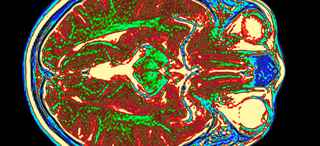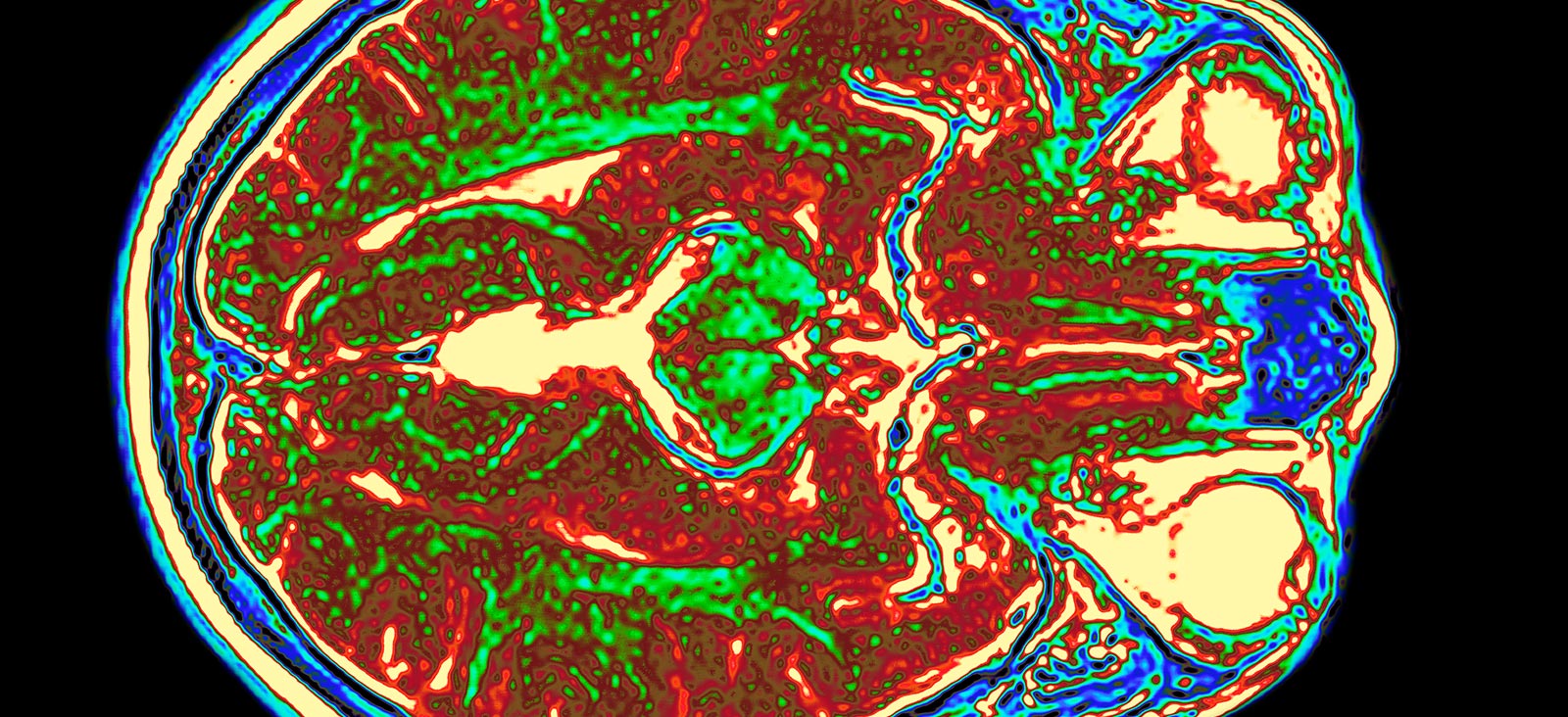Early Diagnosis for Optimal Treatment
Positron-emission tomography (PET) uses small amounts of radioactive medicine (radiopharmaceuticals) to produce detailed images of structures in the body.
Our dedicated nuclear medicine physicians interpret the images and functional information to identify diseases and conditions earlier and more accurately than other radiological exams, providing patients and physicians better treatment and planning options.
Conditions
PET/CT can be used to conduct whole-body scans or organ scans for the early detection of cancer or to diagnose a variety of neurological and psychiatric conditions.
UT Southwestern also has a 64-slice PET/CT system, which is used for gated respiratory and cardiac studies.
PET Scans: What to Expect
When a patient undergoes nuclear medicine imaging, he or she is usually injected with a special radiopharmaceutical substance, although certain types can be ingested or inhaled.
The amount of radioactivity is very small, and there is no significant danger from nuclear medicine scans.
A camera scans the patient and detects the gamma radiation (similar to X-rays) coming from the radioactive material inside the patient. Scans usually occur as the patient lies on a table with the camera placed a few inches away. The patient might also be seated or in another position, depending on the information the scan is obtaining.
Nuclear medicine scans vary in length but usually require an hour to an hour and a half of imaging.
Patients can usually resume normal activities immediately after a procedure, unless the doctor says otherwise. The radioactive material will lose its energy over time. Patients should drink plenty of water to help flush it from their system.
Risks of PET Imaging
While the nuclear medicine scan itself is a painless exam, it does involve exposure to radiation. However, the benefits of an accurate and early diagnosis far outweigh the risk.
The radioactive materials given during the exam are given in tiny amounts; the radiation exposure is similar to what someone would receive with a standard X-ray. The materials lose their radioactivity very quickly and pass through the body usually within 24-48 hours.
If a patient is pregnant or breastfeeding, the technologist should be alerted. Exams using injected radioactive material are usually not recommended for women who are pregnant or breastfeeding.
If a patient has questions about a health condition that could affect the exam, please talk to a nuclear medicine physician or technologist.

